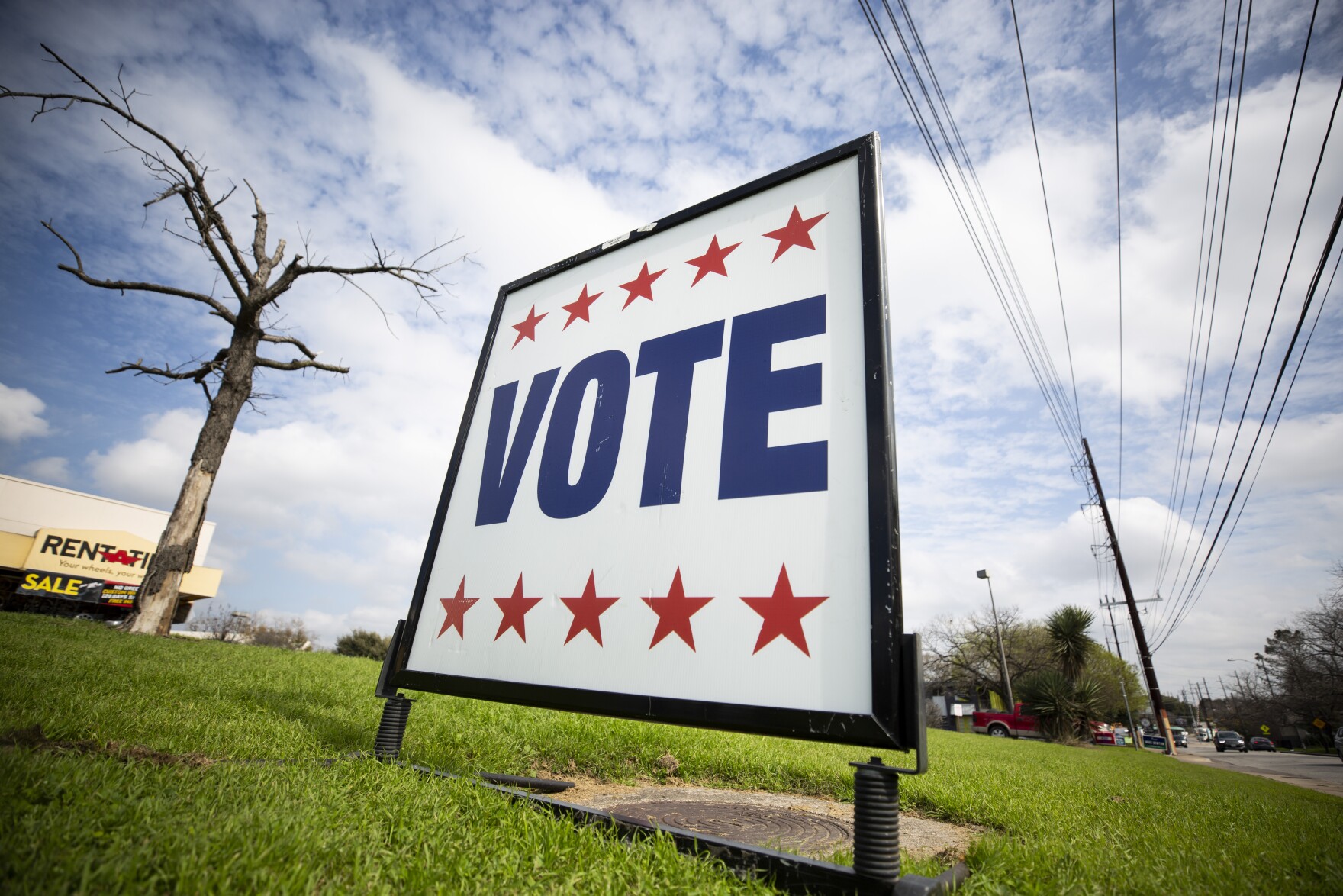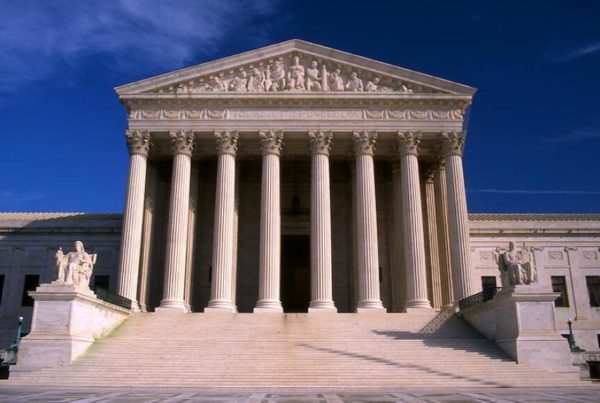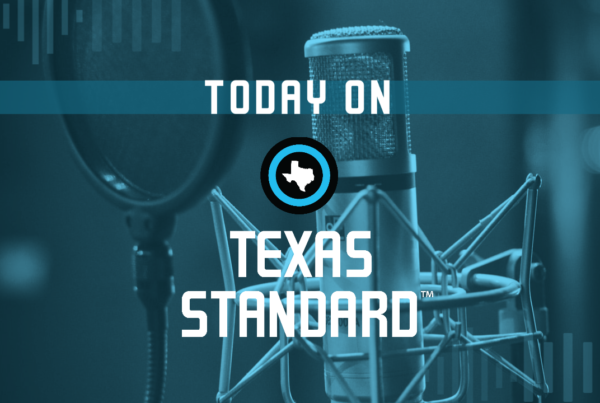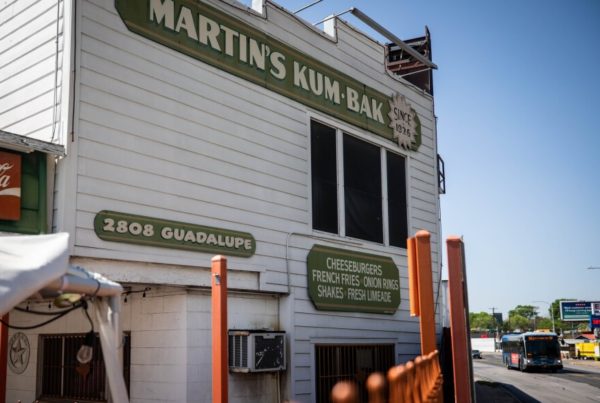From The Texas Newsroom:
Every Texas voter heading to the polls for the May 7 election – early voting ends today – will see two statewide proposals related to property taxes on their ballots.
The issue has been on the mind of many across Texas after recent tax appraisals gave many homeowners sticker shock.
Both initiatives, if passed, would amend the Texas Constitution in a way that economists say could help slow down property tax increases.
However, you might not know that based on how the proposals have been written. Yes — they are confusing. That’s something lawmakers and experts agree on.
To help break it down, The Texas Newsroom is answering five common questions about the constitutional amendments — Proposition 1 and Proposition 2 — and what they would actually do.
RELATED: Here’s a breakdown of the 2 property tax propositions on Texas’ May 7 ballot
I read the amendments multiple times and I still don’t fully get them. Why is that?
That’s the question even lawmakers are asking.
Last month, the Senate Committee on Local Government met to discuss the complicated language of both propositions.
On the ballot, Prop 1 and Prop 2 are technically each just one-sentence long — but they are far wordier than your average sentence.
Proposition 1, for example, is 77-words long, and includes phrases such as “successor rate of the maintenance and operations taxes imposed for general elementary and secondary public school purposes.”
Jeff Archer, the executive director of the nonpartisan Texas Legislative Council, acknowledged the wording was complicated.
His organization was in charge of drafting the language of the proposals.
“Looking in retrospect, we theoretically could have substituted [official constitutional terms],” Archer told lawmakers at an April hearing. “Since accuracy is kind of the first thing, that’s where a drafter starts, but that shouldn’t be where they stop.”
Archer explained that ballot language for constitutional amendments should try to strike a balance between factual information and readability.
He said his agency would look into tools that could help make future ballot proposals easier to understand.
Sen. José Menéndez, D-San Antonio, said the situation was “sad because it’s our constituents that may be getting confused, but it was out of trying to do a positive thing.”
Let’s say both pass — what happens then?
Before we answer that question, let’s briefly go over what each one would do.
Prop 1 would adjust the taxes paid toward public schools by those 65 years old and older and people with disabilities to match the same percentage as everyone else. This would mean lower payments for people in these two groups.
Meanwhile, Prop 2 would raise the homestead exemption for school property taxes from $25,000 to $40,000. This exemption reduces the taxable value of qualifying properties. This means a homeowner with a primary residence valued at $100,000 currently has to pay taxes on only $75,000 ($100,000 minus $25,000). If the new amendment were to pass, that homeowner would pay taxes on on $60,000 ($100,000 minus $40,000).
James Quintero, the director of policy at the conservative think tank Texas Public Policy Foundation, told The Texas Newsroom that the two amendments could offer some sort of relief.
“By increasing the exemption level, the average homeowner is expected to see about $176 in savings per year in the event that the constitutional amendment passes,” Quintero said.
What impact would these amendments have on my local school district’s finances?
At least in the short term, the answer is none.
Dick Lavine, senior fiscal analyst with the left-leaning think tank Every Texan, said school districts would be no worse off if both amendments pass.
The state, he said, would make up for the lost tax revenue.
However, he told The Texas Newsroom schools wouldn’t be better off, either.
“Instead of creating more money for schools, all it’s doing is creating lower tax rates,” Lavine said.
In the long run, however, things could get a bit more complicated, said Bernard Weinstein, a retired professor of economics at Southern Methodist University.
“The state is going to hold school districts harmless for any property tax revenue losses, but then you’ve got to think down the road,” Weinstein said. “What’s going to happen next time we go into a recession? Next time the state is short of funds?”
Weinstein told The Texas Newsroom it’s likely politicians pushing for the amendments might not have thought about these issues as deeply.
“The reason these issues are on the ballot is because this is an election year and the Republicans and the governor and Legislature want to make friends with the voters, and they see this as a real winner politically,” Weinstein said. “I don’t think they really paid a lot of attention to the long term fiscal implications.”
When would they go into effect?
Taxpayers could start seeing some benefits as soon as this fall.
According to the office of Republican Sen. Paul Bettencourt, the chair of the Senate Committee on Local Government, Proposition 1 would go into effect on Jan. 1, 2023.
Bettencourt’s office has estimated that in the first year those over 65 or with disabilities will see a $110 reduction in their property taxes. In the second year, that could increase to a $125 reduction. The benefit would continue afterward.
Meanwhile, Proposition 2 would go into effect immediately, with it applying retroactively to Jan. 1, 2022.
OK. But what happens if the proposals don’t pass?
Well, we would keep the status quo.
That would mean people over 65 and those with disabilities wouldn’t have their taxes adjusted like Prop 1 proposes. And it would also mean the homestead exemption for school taxes would remain at $25,000.
Quintero said taxpayers should then “expect to see their taxes to remain at a relatively elevated level.”
Note: This post has been updated to add information about how a homeowner’s taxes would be affected if propositions 1 and 2 pass.















